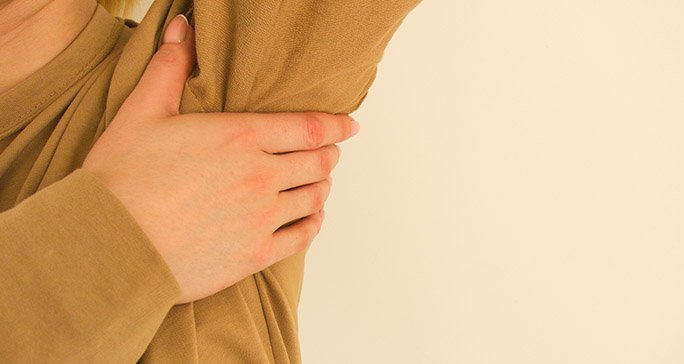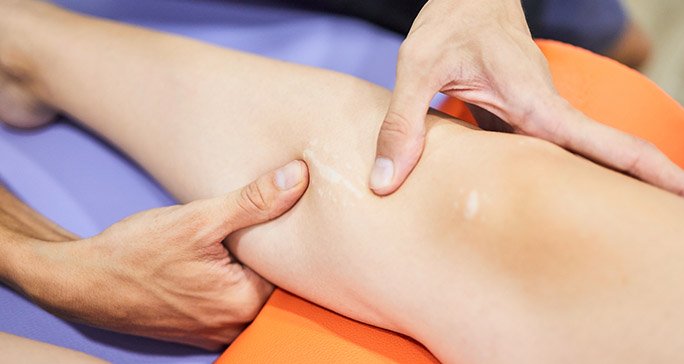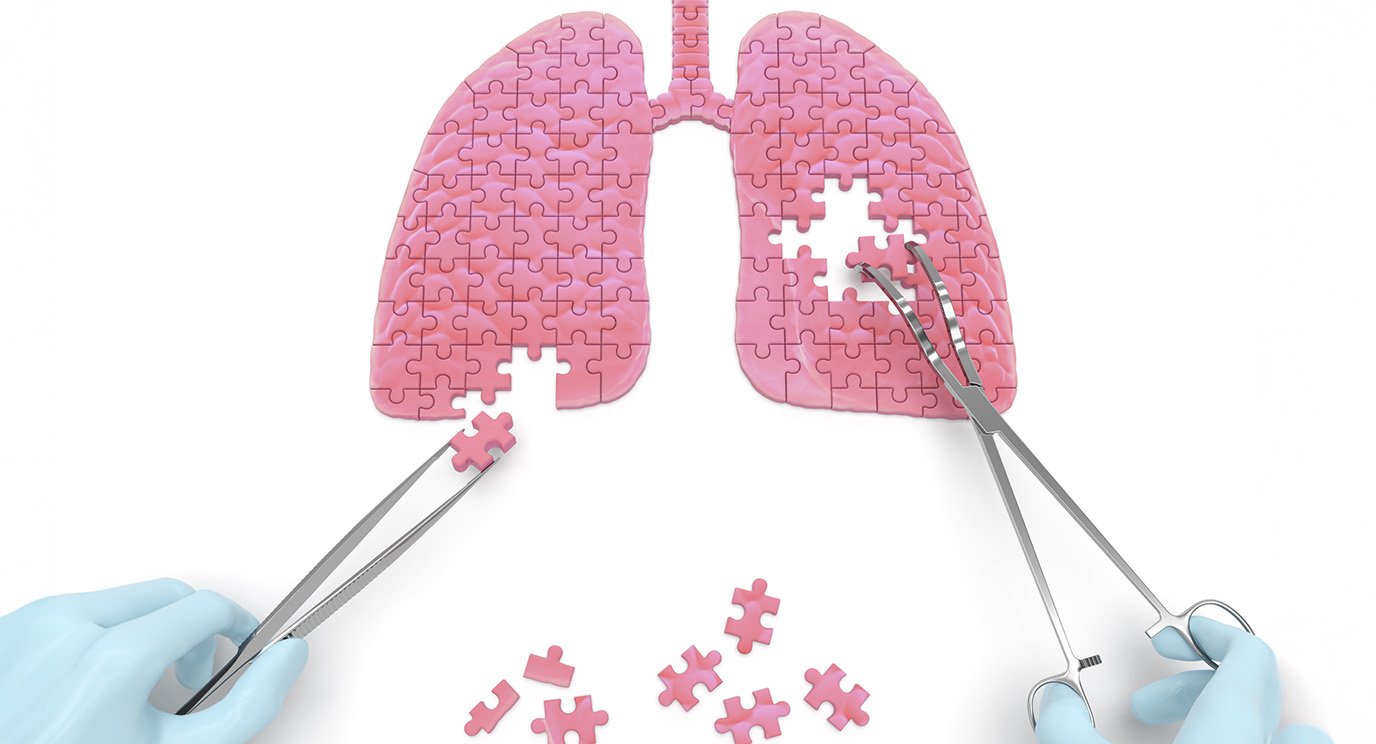- Diseases
- Acoustic Neuroma (16)
- Adrenal Gland Tumor (24)
- Anal Cancer (70)
- Anemia (2)
- Appendix Cancer (18)
- Bile Duct Cancer (26)
- Bladder Cancer (74)
- Brain Metastases (28)
- Brain Tumor (234)
- Breast Cancer (728)
- Breast Implant-Associated Anaplastic Large Cell Lymphoma (2)
- Cancer of Unknown Primary (4)
- Carcinoid Tumor (8)
- Cervical Cancer (164)
- Colon Cancer (168)
- Colorectal Cancer (118)
- Endocrine Tumor (4)
- Esophageal Cancer (44)
- Eye Cancer (36)
- Fallopian Tube Cancer (8)
- Germ Cell Tumor (4)
- Gestational Trophoblastic Disease (2)
- Head and Neck Cancer (14)
- Kidney Cancer (130)
- Leukemia (342)
- Liver Cancer (50)
- Lung Cancer (286)
- Lymphoma (278)
- Mesothelioma (14)
- Metastasis (30)
- Multiple Myeloma (100)
- Myelodysplastic Syndrome (60)
- Myeloproliferative Neoplasm (6)
- Neuroendocrine Tumors (16)
- Oral Cancer (102)
- Ovarian Cancer (178)
- Pancreatic Cancer (162)
- Parathyroid Disease (2)
- Penile Cancer (14)
- Pituitary Tumor (6)
- Prostate Cancer (150)
- Rectal Cancer (58)
- Renal Medullary Carcinoma (6)
- Salivary Gland Cancer (14)
- Sarcoma (238)
- Skin Cancer (302)
- Skull Base Tumors (56)
- Spinal Tumor (12)
- Stomach Cancer (66)
- Testicular Cancer (28)
- Throat Cancer (92)
- Thymoma (6)
- Thyroid Cancer (100)
- Tonsil Cancer (30)
- Uterine Cancer (86)
- Vaginal Cancer (18)
- Vulvar Cancer (22)
- Cancer Topic
- Adolescent and Young Adult Cancer Issues (22)
- Advance Care Planning (12)
- Biostatistics (2)
- Blood Donation (18)
- Bone Health (8)
- COVID-19 (360)
- Cancer Recurrence (120)
- Childhood Cancer Issues (120)
- Clinical Trials (628)
- Complementary Integrative Medicine (22)
- Cytogenetics (2)
- DNA Methylation (4)
- Diagnosis (240)
- Epigenetics (6)
- Fertility (62)
- Follow-up Guidelines (2)
- Health Disparities (14)
- Hereditary Cancer Syndromes (128)
- Immunology (18)
- Li-Fraumeni Syndrome (8)
- Mental Health (122)
- Molecular Diagnostics (8)
- Pain Management (62)
- Palliative Care (8)
- Pathology (10)
- Physical Therapy (18)
- Pregnancy (18)
- Prevention (940)
- Research (390)
- Second Opinion (78)
- Sexuality (16)
- Side Effects (616)
- Sleep Disorders (10)
- Stem Cell Transplantation Cellular Therapy (216)
- Support (408)
- Survivorship (330)
- Symptoms (182)
- Treatment (1794)
Cancer treatment-related nail changes: 7 things to know
4 minute read | Published June 25, 2024
Medically Reviewed | Last reviewed by an MD Anderson Cancer Center medical professional on June 25, 2024
Cancer treatment can cause physical and emotional side effects. You may notice changes to your nails if you receive chemotherapy or certain targeted therapies as part of your cancer treatment.
But how long do these changes last, and how can they be managed? We spoke with dermatologist Anisha Patel, M.D., for answers to these questions and more.
What are the most common nail-related changes caused by cancer treatment?
The three most common are:
Ridging
Patients who receive cytotoxic chemotherapy, often used as the first treatment for breast cancer and colon cancer, may begin to see horizontal ridges on their nails. These ridges are called Beau’s lines. Every time a patient has an infusion, the nail plate stops growing. They may grow a little between infusions, but the temporary disruption creates ridges in the nails.
Nail lifting
Sometimes, patients’ nails may lift from the nailbed or come off completely. This can be caused by the chemotherapy drug taxotere or some targeted therapy drugs like fibroblast growth factor receptor (FGFR) inhibitors. It can be painful and may increase the risk of infection under the nail.
Nail fold inflammation
Certain types of chemo and targeted therapies can cause the cuticle to break down next to the nail. This is not a nail problem; rather, it’s a skin problem in which the skin on the side of the nail gets inflamed. You can also get infections on top of the inflammation.
Do these changes affect fingernails and toenails?
Yes, these changes can affect the nails on the fingers and toes. Patients will notice the effects more, depending on whether they use their hands or feet more heavily. For example, people who work in oil and gas and wear restrictive steel-toe boots may notice nail changes more on their feet.
How can these side effects be managed?
Of the three side effects mentioned, nail ridging is the least aggressive and usually doesn’t require any treatment.
If a patient’s nails are lifting, we often suggest clipping the nail back. This isn’t painful; it just looks funny to some patients.
We can do a small surgery in our clinic to help alleviate nail fold inflammation. We’ll numb the whole finger or toe, then split and pull away the lateral edges of the nail. Then we use a chemical like a high percentage phenol to remove the matrix, which is the tissue under the nail. This makes it so the nail doesn’t grow back on the lateral edges, and it gets rid of the friction point between the skin and the nail.
No matter the side effects, we don’t want infection on top of that. So, we ask all our patients to soak their nails in a rinse of one-half white vinegar and one-half water. This decreases the amount of bacteria and yeast and lessens the chance of surface infections. It’s an easy thing patients can do at home. We ask patients with nail fold inflammation to do the soaks every day and apply a steroid liquid at the edges of the nail to help it absorb in the skin.
How long do these side effects last?
Most patients’ nail changes are short-term, and their nails grow back healthy after they complete cancer treatment. But some nail changes from cytotoxic chemotherapy may be longer-term. Some patients may have a random nail that grows back thick and painful. We can take the nail off and see if it grows back normally. If it doesn’t, sometimes we’ll take the nail off and kill the whole matrix, so the nail doesn’t grow back at all. Often, patients would rather have no nails than nails that cause them pain.
It's hard to predict who will have longer-term side effects, and we won’t know until after they complete treatment. At that point, we try to address their symptoms as best we can.
What precautions should patients take with their nails during treatment?
Try to avoid getting manicures or pedicures. You do not want your cuticles manipulated. There is an increased risk of infection, and if you already have some treatment side effects, it could make them worse. Typically, the fingers and toes that experience more friction or pressure have worse inflammation.
We recommend gentle hand and foot care. Keep your hands and feet moisturized and avoid using abrasive or harsh chemicals. Lotions should be bland emollients like plain, white petrolatum. They shouldn’t contain any perfumes or active ingredients.
When should patients see their doctor about nail changes?
See your doctor if the nail changes cause symptoms, like if you’re having pain, or there’s an odor. Nail ridging is normal and doesn’t cause symptoms, so you wouldn’t need to see your doctor for that.
What else should we know about nail changes during cancer treatment?
Patients receiving chemotherapy can have increased pigmentation in their nail plate that does not go away. It’s not symptomatic, but many patients worry that they have nail melanoma, or skin cancer under their nail.
If you develop a new dark line on a single nail, you should seek medical care. But if you have reason to have pigment in your nails, such as a vitamin deficiency, and multiple nails are affected, it’s likely nothing to worry about.
Remember to be gentle and take care of your nails during cancer treatment. If you notice changes to your nails that cause symptoms like pain or an odor, see your doctor to get them checked out.
Request an appointment at MD Anderson online or call 1-833-281-2873.

Most patients’ side effects are short-term, and their nails grow back healthy after they complete cancer treatment.
Anisha Patel, M.D.
Physician






